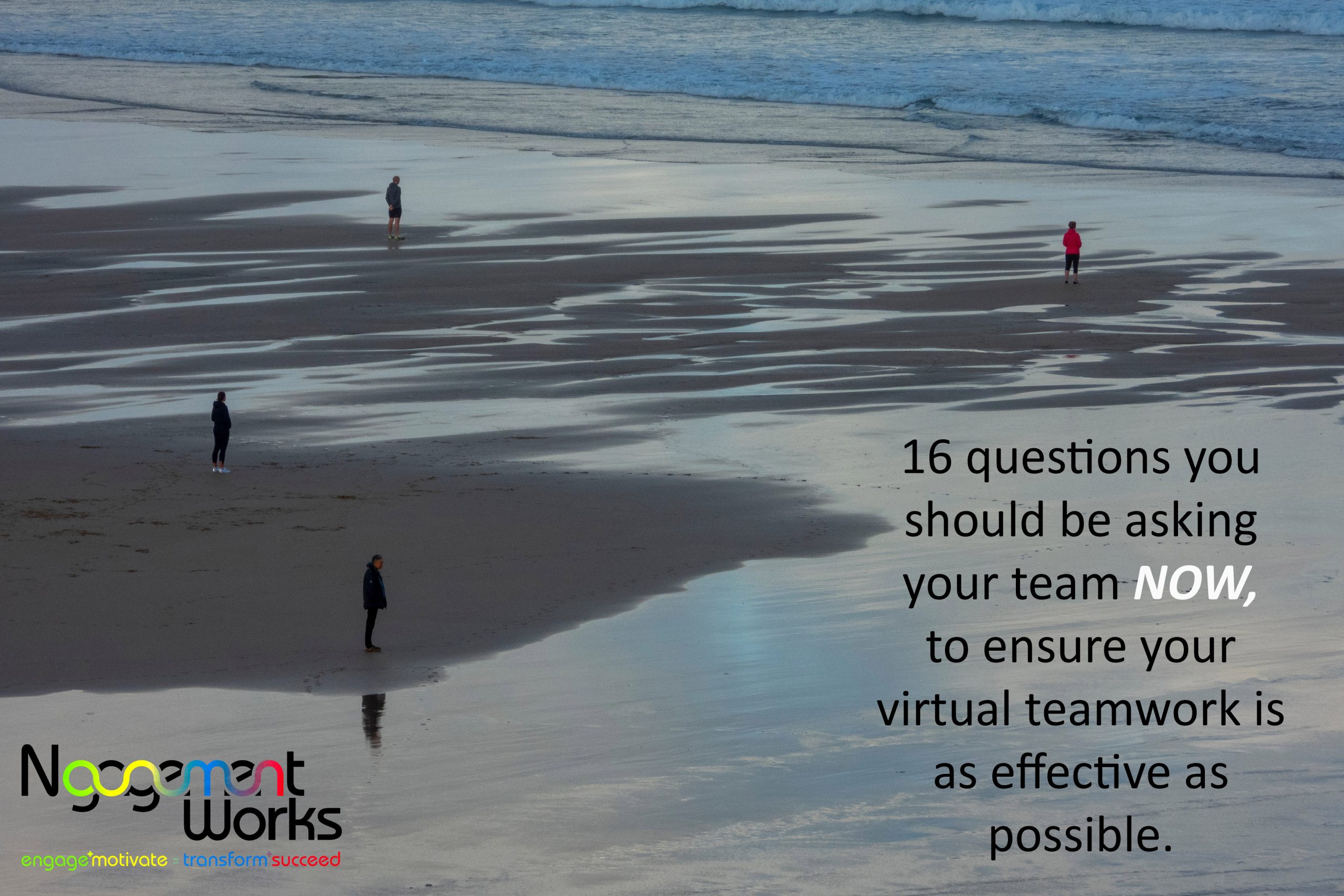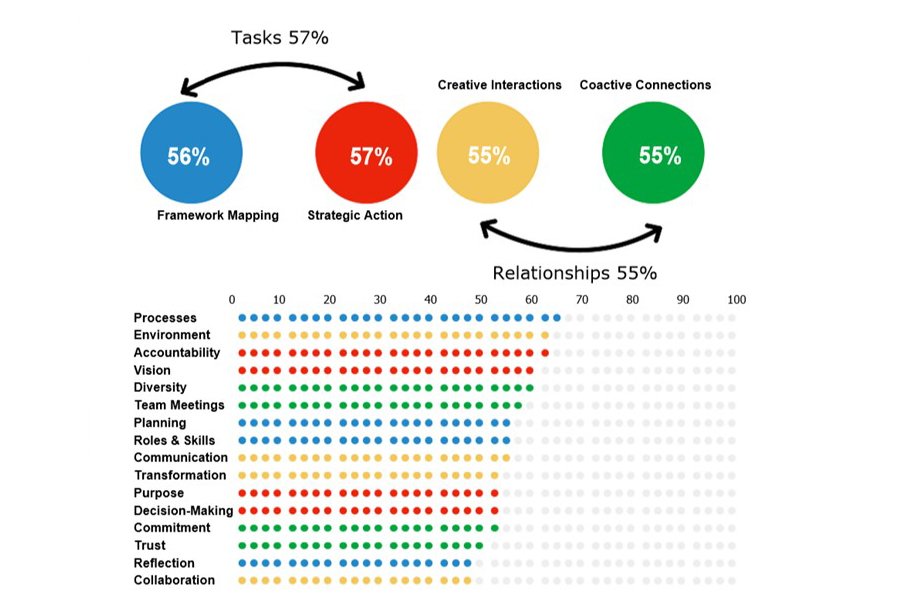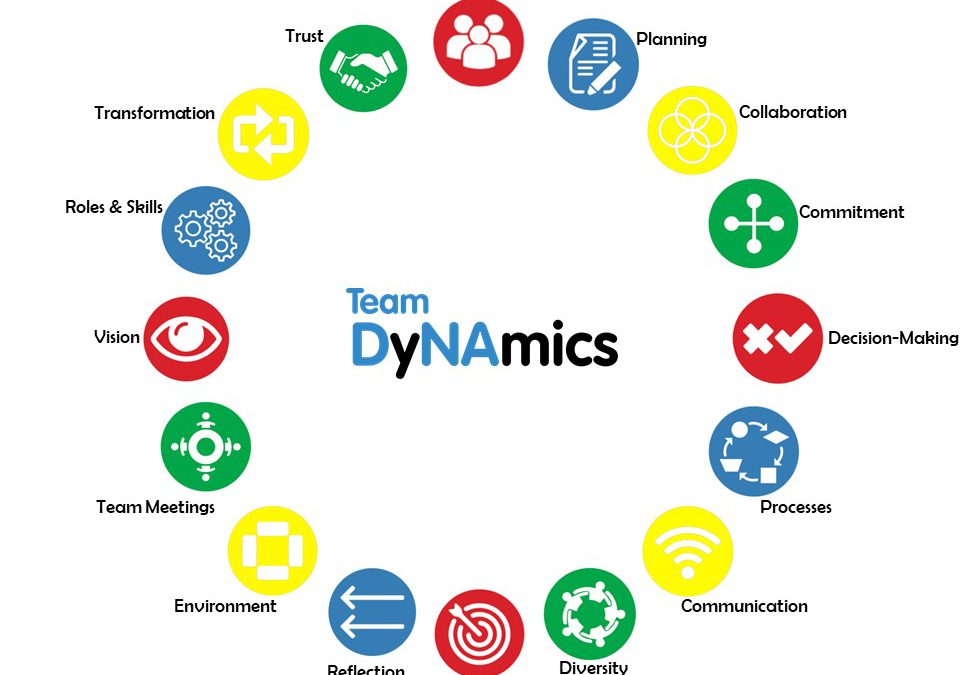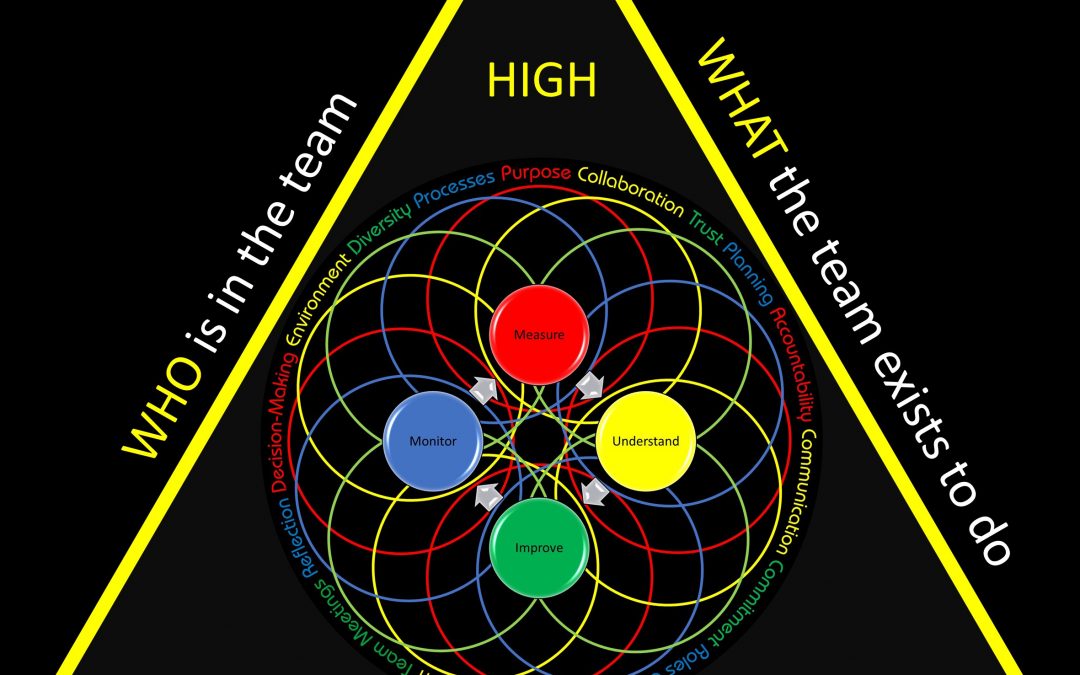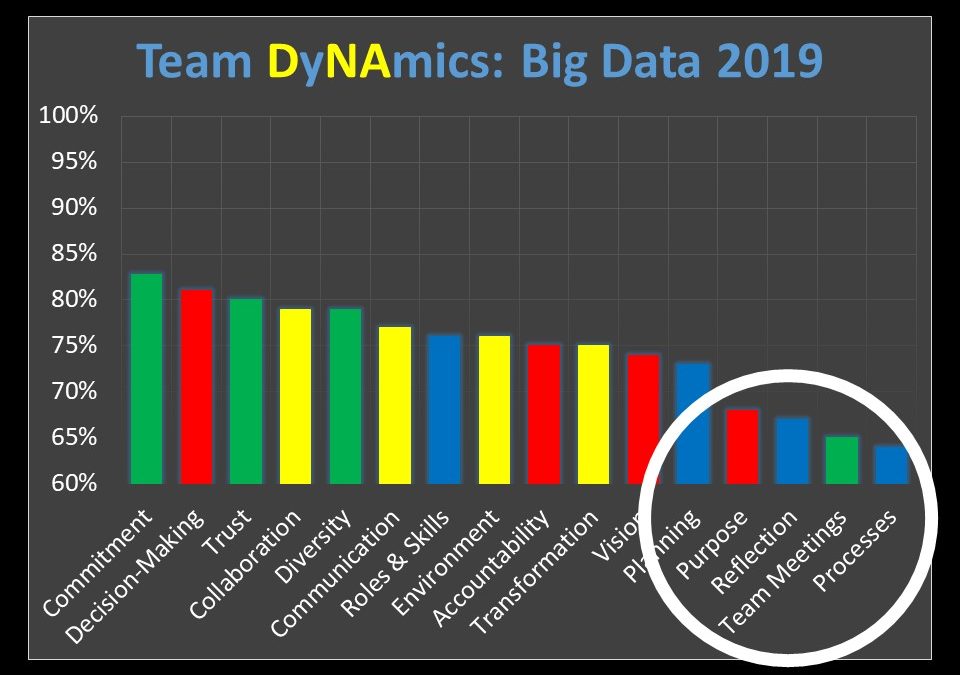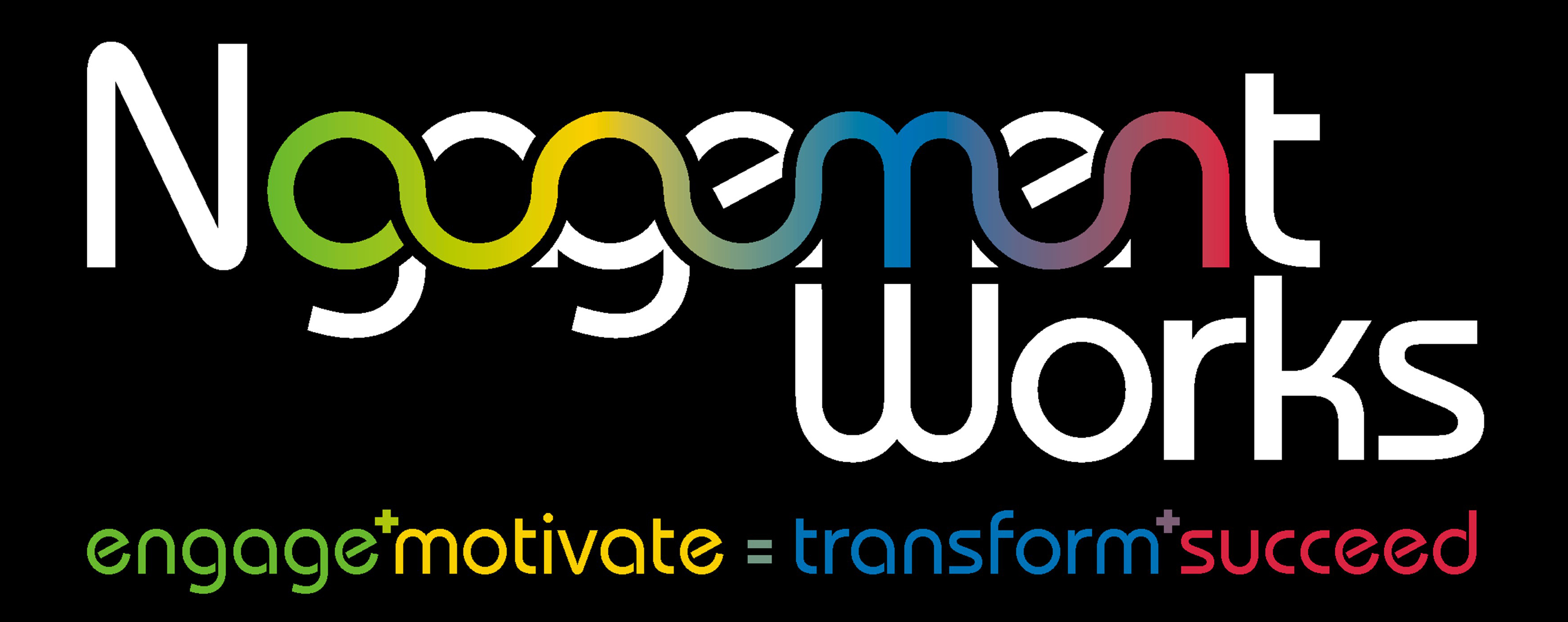In these unprecedented times, it is even more important, that teamwork is as effective and efficient as possible. A tough thing to achieve, when it is business as usual, however, even harder, when team members are self-isolating or working from home and virtual teamwork has overnight, become the norm.
“So, what can you and your team do now, to ensure that your teamwork is as effective as possible?”
The Team DyNAmics Model is a highly-regarded tool, that many teams are using, to measure their teamwork and team effectiveness, helping them to play to their strengths and also highlighting challenges in how they are working as a team, so that they can implement practical solutions, to overcome them.
HOW TO SHARE THE QUESTIONS WITH YOUR TEAM
To support you, your teams and your business, I’ve taken each of the 16-key Elements and created a question that you and your team should be discussing, at your earliest opportunity, to ensure that you are covering key areas of your teamwork, as best you can.
If you are a leader or team member, no doubt, you have set up some sort of video conferencing to undertake regular check-ins with your team, so the next one that you have, you may want to share these questions with your team.
You could share these questions with your team, prior to your next meeting and get each team member to score between 1 (Poor) and 10 (Excellent). By then amalgamating the scores and dividing by the number responding, it should give a good indication of areas of concern, that need to be addressed.
Alternatively, you could get one person to read out the questions on your video call and then make a note of the scores from team members and average them out, based on the number responding, for each of the 16 questions. Either way, it is a quick and easy way to highlight what may need to be changed in how your team is working, to ensure you are as effective as possible.
Any scores that average below 6, should be discussed further, practical ideas generated, agreed and implemented. Make sure that you assign appropriate people to be responsible for implementing them and also agree a date by when they will be implemented.
THE QUESTIONS
Below are the 16-key Elements in the Team DyNAmics Model, a description of each and the question that should be asked.
| STRATEGIC ACTION | Description | Question |
| Accountability | Individuals taking personal responsibility for their actions and behaviours. | Does everyone have clarity in what they personally are expected to do in support of meeting our team objectives? |
| Decision-Making | Clarity about who has the authority to make what decisions and when. | Have we got in place an effective and understood decision-making process, especially if some team members are unavailable? |
| Purpose | The understanding of why the team exists, what this enables and the benefits this delivers. | Is our Team Purpose still relevant at this current time or do we need to change it? |
| Vision | The longer-term, aspirational view of what the team would like to achieve. | Has our Vision changed and if so what is it now? |
| CREATIVE INTERACTIONS | Description | Question |
| Collaboration | A joint effort between individuals, whereby the skills and knowledge of more than one person is required to achieve a common goal. | Are we still able to share our knowledge and skills, to support each other in achieving our team goals? |
| Communication | The life-blood of the team, enabling information to be shared, ideas generated, discussed and decisions made. | Have we got effective communication channels in place that work for all our team? |
| Environment | The atmosphere and culture that exists in the working environment. | Are we continuing to keep a positive working team culture in place? |
| Transformation | The implementation of ideas to change how things are done to become more effective and efficient. | Are we capturing ideas from team members about how we may be able to do things better? |
| EMOTIONAL RELATIONSHIPS | Description | Question |
| Commitment | The energy, effort and time that individuals are prepared to invest in the team for it to achieve success. | Is there a high-degree of commitment from everyone in the team, to see us through this current situation? |
| Diversity | The recognition and appreciation of differences between individual team members in their behaviours, styles and skills. | Are we appreciating and supporting each other, recognising that different people will be reacting differently at this current time? |
| Team Meetings | The mechanism by which regular communication occurs between team members at an agreed time and with an agreed format. | Do we have effective communication occurring, so everyone in the team knows what is happening and able to update others? |
| Trust | The emotional bond that glues the team together. | How good is trust between individuals currently? |
| FRAMEWORK MAPPING | Description | Question |
| Planning | Knowing what needs to be done, by whom and by when. | Is there clarity about what each of us needs to do over the forthcoming weeks? |
| Processes | The rules, regulations and guidelines by which tasks are achieved. | Do we have our critical processes documented and available to others, in case someone is unable to complete their tasks? |
| Reflection | Reviewing what has happened within your team, to learn from things that have gone well and not so well. | Are we providing time for the team to reflect on what we are doing and make changes when highlighted and agreed? |
| Roles & Skills | Understanding who is best suited to undertake a task, both technically and behaviourally. | Does everyone know the role and skills of other team members, so we can call on those, when needed? |
I hope that the above will help you and your team get through these difficult times that we face and I’d love to know if they have helped you.
If you would like further information about Team DyNAmics, plus receive a Sample Team DyNAmics report, either send an email to nick@ngagementworks.com, or complete the Contact Form
Keep Safe & Well, Be Positive & Strong
Yours engagingly, Nick
SHARING IS CARING
If you know of someone who would find this article of value, please do share it with them, using the social media buttons below. In addition, if you don’t want to miss out on future articles and team-building activities shared, use the Newsletter subscription to the right. You’ll receive a newsletter, no more than once a quarter, with other team-building activities you can use with your team, to help you achieve even greater success.
Team DyNAmics is powered by Clarity4D, which Nick Fewings is a Business Partner of.
